Beware of heavy spoilers for every entry in the Life is Strange series, particularly Life is Strange: Double Exposure. If you haven’t finished all of the seasons, I’d recommend you do so before delving into this feature. Still here? You’ve been warned.
To say Life is Strange is an important cornerstone of my gaming zeitgeist wouldn’t be much of an exaggeration. The first season is one of my most revered video games of all time. Before The Storm provided an even more powerful emotional lever to that first season, alongside arguably the series’ best musical score. Life is Strange 2, though not as emotionally resonant, was captivating thanks to its development of stakes and imperfect choices. True Colours, though flawed in some ways, maintained the series’ ability to craft welcoming settings and an engaging tale of its own.
I’m very open about my bias towards the series. I’m able to overlook a majority of their flaws simply because the first season helped me through an incredibly turbulent period of my life when I was sucked into Arcadia Bay’s destructive storm. I understand the reasonings of the series’ detractors, and agree with many of their reasonable points regarding its weak points, particularly in gameplay, even if the overwhelming positive feelings I have towards the games overawe them completely for me. It’s with this in mind that I want to unpack my thoughts regarding Life is Strange: Double Exposure.
This op-ed is about approaching this new entry as an established fan. One who considers the original five episodes as probably the one video game story I’d replay all over again if given the chance to wipe my memory clean. I’ve played through Double Exposure twice, completing both “paths” so to speak, in order to ensure I maintain my own personal pride of having platinumed each of the games in my favourite series. Before I descend into my litany of issues, though, I want to start with my positive impressions of what the newest series does well.
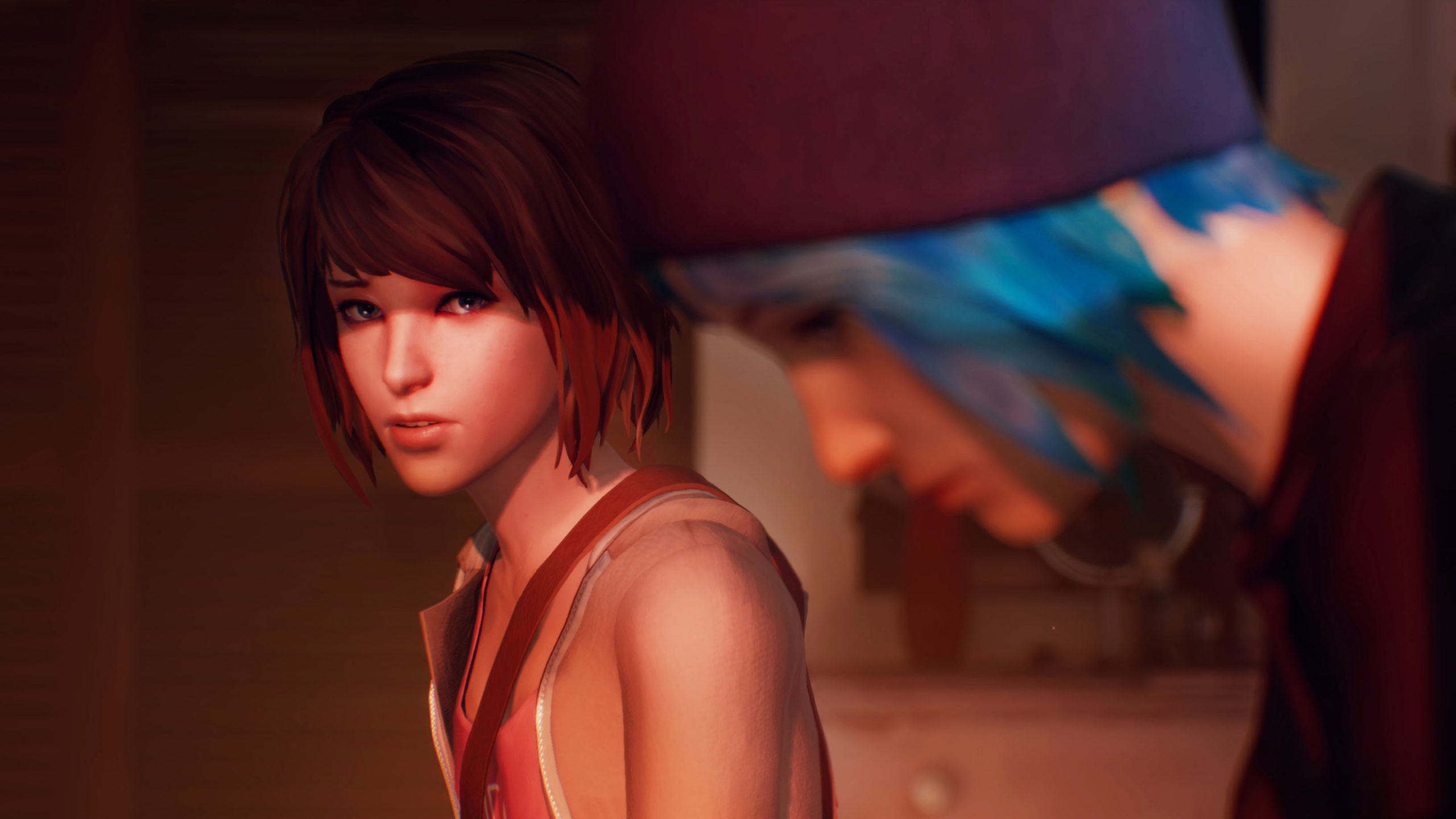
Exposing The Heights
Let’s start with the most obvious plus from Life is Strange: Double Exposure: Max Caulfield herself. Hannah Telle’s reprisal of the socially awkward yet earnest Max is potentially my favourite part of the game. Deck Nine have matured Max’s character, adding an air of experience, confidence and new-found steadfastness to her personality. Given the history she’s been through and the life knowledge she’s picked up along the way, it’s a natural shift in her character that feels well written. She’s still riddled with self-doubt and struggles with indecision when it comes to relationships, but she’s an older, more mature version of the personality that made her endearing, yet flawed, in the original.
While I have issues with the new cast of characters which we’ll delve into, Moses is a great new figure for the series. He fits right in with the dependable mainstays, being a reliable and trustworthy companion, for the most part. The core of the initial mystery established that forces Max and Moses into precarious waters is also intriguing for the first two and a half episodes. Up to that point, Double Exposure has some seriously strong moments and pivotal plot points, which can stand alongside the best of the series. Alderman getting crushed by a time-distortion collapse of himself? Awesome potential.
The approach to giving logical backstories to the development of powers is true to the series identity here too, as well as providing a great platform for characterising the people involved. Max’s distorting of time reflects her constant indecision and ruminative emphasis on past regrets. Safi’s shapeshifting ability is contextualised by her desire to be someone with an identity and background not her own. The relentless pressure of expectation and fulfilling a role to those around us is something many can relate to, which lends a grounding credence to the universe.
For the first two and a half episodes, all of these elements (excluding Safi’s, which comes later) immediately sucked me into Double Exposure. I was on board – Deck Nine are nailing the heart of the series again, just like Before The Storm. The use of music, nods back to previous events, Max’s developed persona, all of it felt pretty much on point. I wasn’t quite as invested in the setting and wider cast, but then, maybe that’s just about having more time with them, right? God, I wish that had been the case. Just know that by episode three, I was optimistic about Double Exposure, because the cliff-face drop off in quality immediately after that point sours the entire experience.
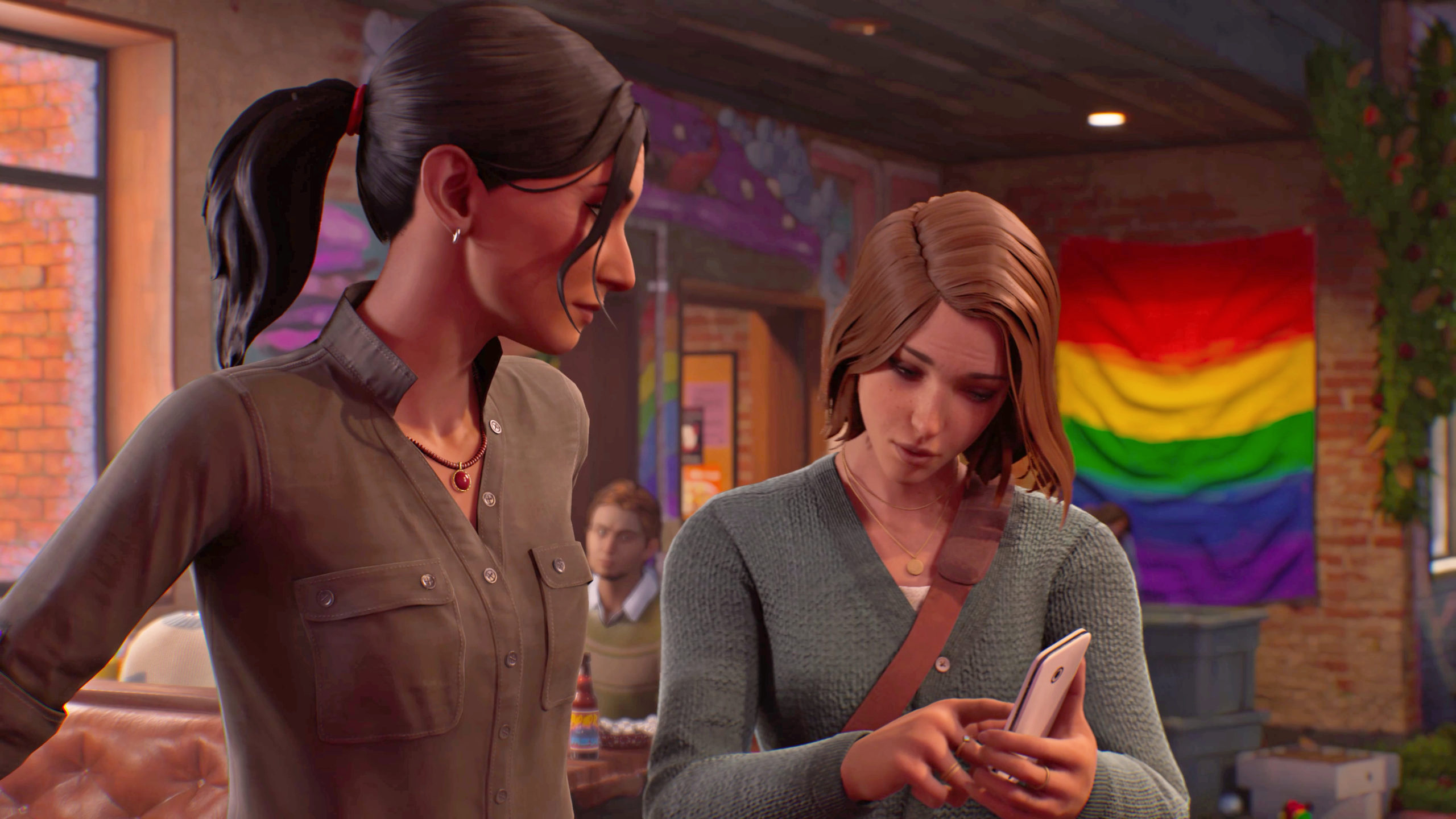
Strange Choices
Alright, no more beating around the proverbial bush, let’s get right into it. Life is Strange: Double Exposure seriously fumbles almost every facet what of makes a good Life is Strange game. For a start, the choices and consequences in this entry are nigh-on non-existent. Almost every major choice presented in Double Exposure has no impact on the wider story, relationships or outcome at all. This is made even more apparent on a second playthrough, where it’s brutally exposed that complete opposite decisions have no demonstrable effect. No choice-determined exclusive scenes, no damage to pivotal moments, nothing.
Remember in LiS1 where not paying attention to Kate could mean you failing to talk her down from suicide? Or LiS2, where there are multiple branching endings reflective of the choices you made for both Daniel and Sean? Even True Colours had some weighty impact on whether the townsfolk of Haven’s Springs would accept or reject Alex’s story, all based on your decisions with each of them. Double Exposure has none of that. Alderman falling into that time vortex? Never brought up again, aside from a text exchange.
How can a literal detective falling into a rupture of space-time not have any tangible impact on the universe around it? Call out Yasmin or play along? Sure, you’ll get some alternate dialogue, but the outcome is the same, and she’ll still speak to Max from then on exactly the same too. Accepting Alderman’s card or rejecting it apparently makes Moses trust you more or less, but he’ll still tell you to stay away from him the same way, and be won back over the same way. Not a single decision in this game has any practical or even emotional weight to it, by nature of them being placeholders for moving the story forward in a linear route.
Nowhere is this better exemplified than the final “big” decision of the final episode. Do you agree to side with Safi at some undisclosed point in the future or not? Quite frankly, who cares? The next game will have to account for both choices anyway, effectively nullifying them if Double Exposure’s approach to consequences is a sign of things to come. LiS1’s final dilemma was a hotbed for discourse, debates and discussion. Bay or Bae became a massive ethical conundrum that’s still reflected on today. Practicality-wise, the choice isn’t even that important. In terms of emotional stakes though, it’s not even remotely comparable when put alongside joining-but-not-joining Safi or not. LiS is defined by the meaning we give to choices, and Double Exposure has a profound lack of meaning in its own.
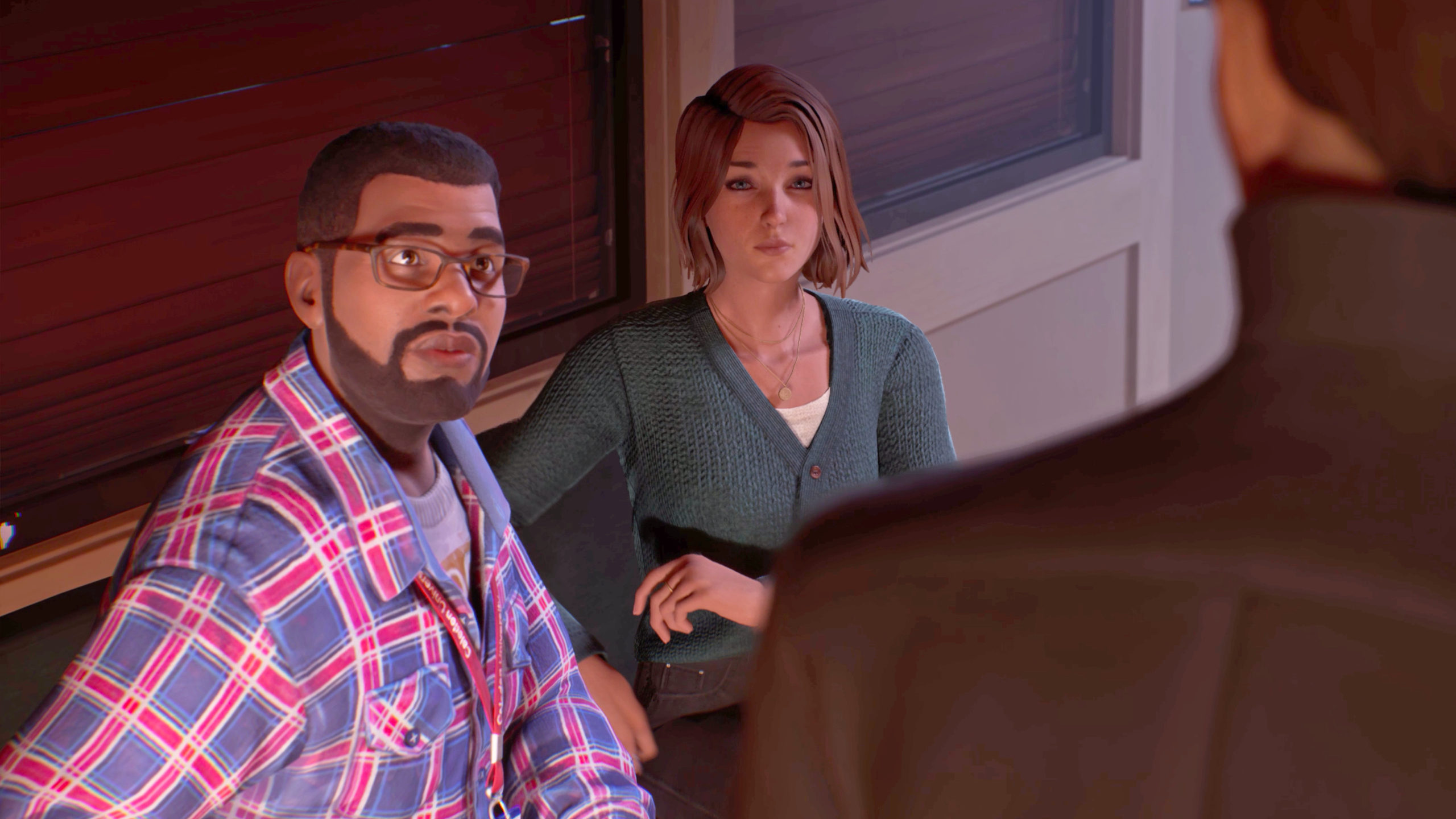
The Wrong Side of Life
Part of the problem Deck Nine wrote themselves into regarding choice and consequence comes from the perceived focus on powers being the dominant driver of a Life is Strange tale. This is of course entirely subjective, but my love for the series has never been the use of cool powers, but rather the morally difficult scenarios it puts the characters in. Time-bending or telekinesis has never been the appeal of the games, they’ve simply been a vessel through which to create empathetic, complicated and emotionally complex personalities.
Neither Sean nor Chloe had powers, and yet the games reached a level of poignancy from how they navigated the morally tough situations they found themselves in. Double Exposure, on the other hand, virtually defines Safi’s entire profile around her shapeshifting. She’s barely even a person for most of the game, as her dialogue often revolves around her pursuit of more power. It’s almost fitting how Safi’s preoccupation with her and Max’s abilities mirrors the emphasis Deck Nine places upon them as the saving grace for the season by the finale.
Instead of Max or Alex being the primary carriers of the story’s stakes, with an ethical responsibility tied to their use (or restraint) of their powers, now Safi, Max and even Diamond are running about with abilities. This approach, for me anyway, utterly undermines the core of a Life is Strange story, which is its cast of characters. Max herself even alludes to this through some of the better written dialogue in the final episode, but it feels like the writers are almost arguing with the direction they have taken this story in.
It’s all topped off with a disastrous final scene with Safi, where she goes all Magneto-like about assembling the Life is Strange equivalent of the Avengers. If that is the future of the series, I’m not sure I particularly want any part of it, and that’s pretty devastating as one of the series’ biggest advocates. I still dwell on the decisions from Before The Storm, where despite having no supernatural attunement, Chloe has to decide between the value of damaging truth versus protective lie. Max has already made one life-altering decision before, and it wasn’t a choice borne out of her desire for a cool power, it was a choice defined by the heartache of loss. I know which one I consider to be more investing.
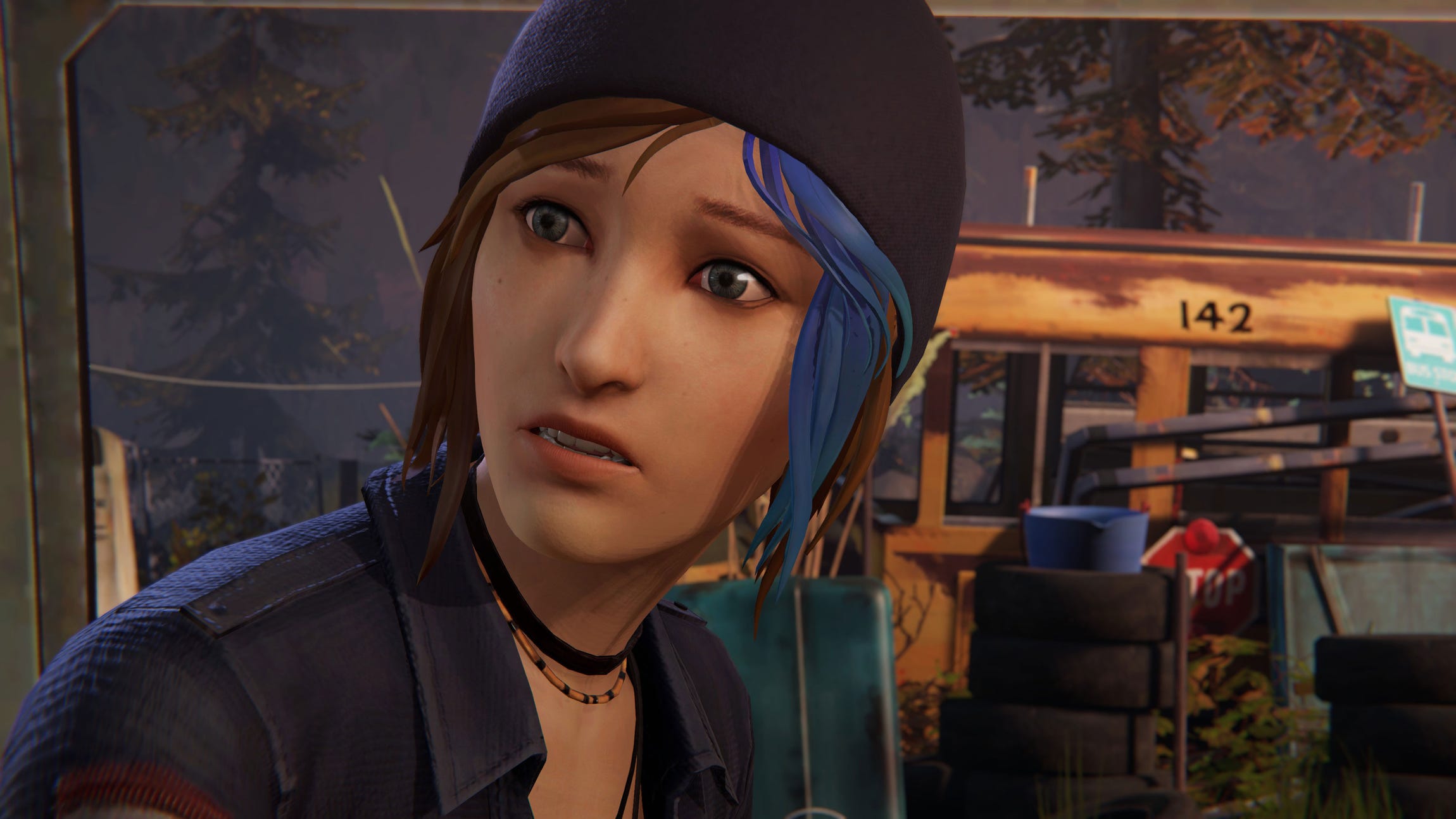
I’m Not Even Safi
Okay, enough about the melodramatic grandeur of great power and great responsibilities, let’s discuss the gaping chasm that sucks the momentum out of Double Exposure’s narrative. Safi for me is the equivalent of a “don’t know/can’t remember/don’t care” option you find on polls. So tangentially inconsequential you’ll be hard pressed to find even a minority of players who remember her in a few years time. This is by no means a slight on Olivia AbiAssi who portrays her voice brilliantly, rather it’s a problem in the execution of her motivations.
Deck Nine rehashes almost all of the significant plot points from season 1 when defining Safi’s personality. A best friend who mysteriously disappeared/died in tragic circumstances. A parental figure placing unchecked and unmatchable expectations on them. Swap Rachel for Maya, Yasmin for David and you literally have a less likeable but equally erratic and volatile figure. She simply isn’t that empathetic a character. She lashes out at Max, pretends to be others and actively causes them harm regardless of consequence, shows little remorse and incandescently swaps between wanting Max to shoot her to end the “cycle” before immediately pivoting to being a God and plotting world domination. Even Zeus has lower delusions of grandeur.
It’s not helped by the fact that most of her and Max’s alleged friendship is established to have happened prior to us meeting her. So, you know, we never get to really see the nice, empathetic part of her character? Almost every main character in the series, including Rachel, Chloe, Max, Daniel, Sean and Alex, have significant flaws. They’re emotionally irrational, prone to bad decisions, make inexperienced judgements or generally screw things up at times. However, we actually get to see them fix mistakes, atone for errors, learn from their misdeeds or at the very least, show a semblance of trying to do better.
Safi does none of these things. Consequently, she’s a bland, uninteresting and ultimately unlikeable central core from which to build a story from. This is exemplified by how the final decision to join her or not is overwhelmingly in favour of rejecting her. Your most pivotal, climactic finale decision has a massive landslide favouring of telling your new main figure in the Life is Strange universe to get stuffed? Yeah, that’s a problem. Safi is emblematic of the wider problem Double Exposure suffers from, which is struggling to make any of its main cast, outside of Max or maybe Moses, in any way empathetic.
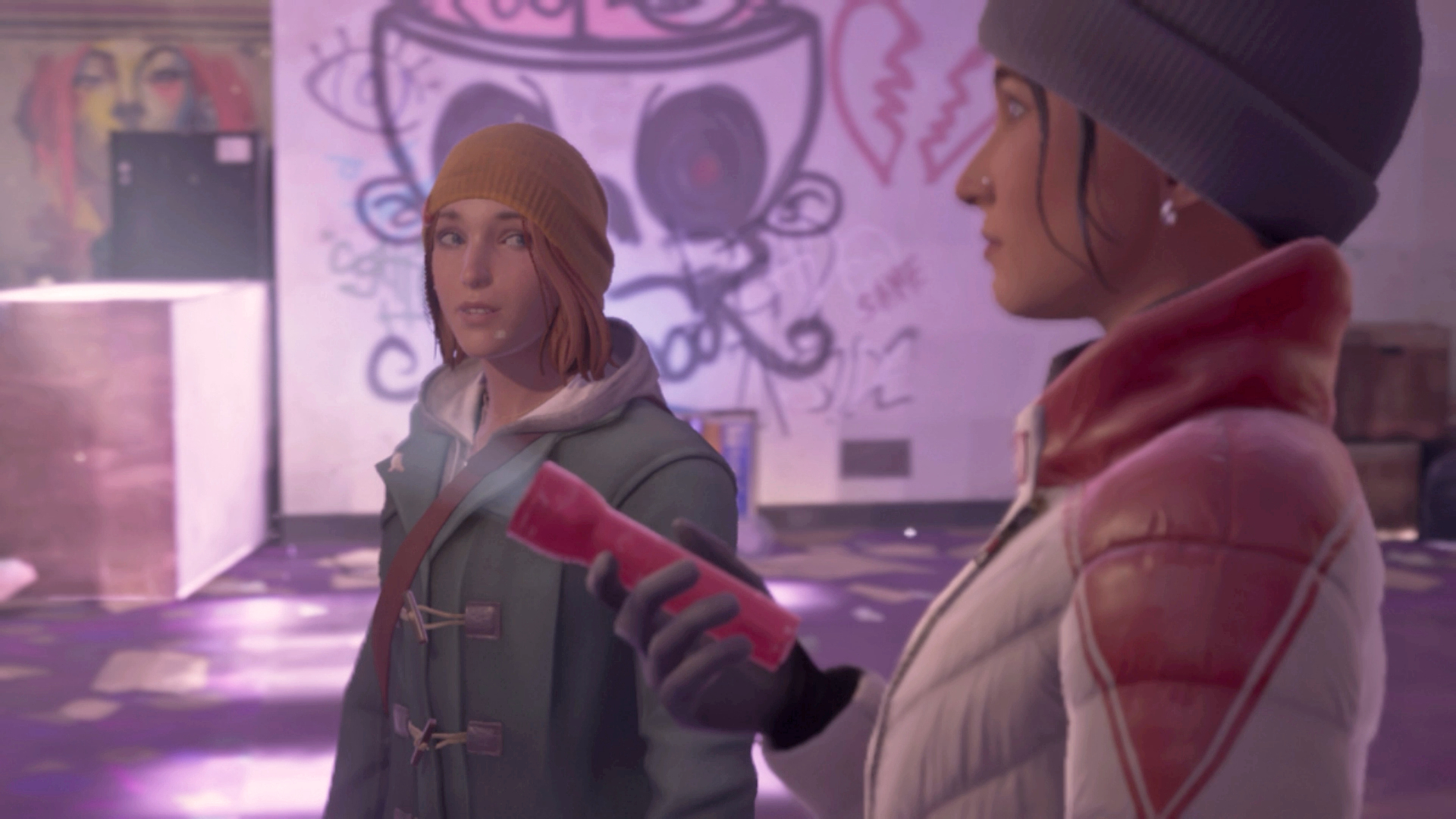
The Price is Chloe
It’s virtually impossible to discuss Life is Strange: Double Exposure without the looming blue-haired cloud of Chloe Price hanging over the scene. With season 2 or True Colours, the discourse could largely avoid her presence, given they were largely separate stories aside from tangents (David in LiS2, Steph in True Colours). With Max returning, however, Chloe becomes an inescapable reality that Deck Nine intentionally try to just not engage with, for better and for worse. Chloe and Max’s relationship in the seminal series is the anchor which holds the entirety of the story together, which is replicated with Chloe & Rachel, then Sean & Daniel.
Unlike many others, I don’t begrudge the choice to try to stray clear of Chloe for the most part. The intention was clearly to develop Max as her own person, while moving the setting along with a new cast, and new theme. However, that simply doesn’t excuse the horrifically botched execution of Max’s trauma in episode 5. Part of the reason I despise the final two episodes of Double Exposure is how every single aforementioned problem is massively amplified, which is coagulated with a poor attempt to nostalgia bait Chloe.
Chloe and Max breaking up (via the Bae ending choice) is believable, but why are none of the interactions explored through flashbacks? The argument between them that exposed the cracks in their relationship post-storm would have been ripe for some gripping storytelling. Instead, we get a relatively lazy rehash of a room that becomes 2D through repeated interactions. In the Bay ending version, the only difference is the emphasis of the voice lines, it’s otherwise identical. Max’s trauma (and overcoming of) could have been an excellent hook with which to centre this story around, but it’s whisked past in favour of dull retellings of Jefferson (insert Lucas) or the nightmare sequence from season 1.
What’s most disappointing, is that the letter written to Max from Chloe via the Bae route is so well done, it depresses me they drop the ball so hard with it. Chloe being forward-facing and Max being so stuck in the past is a perfect understanding of their perspectives and the divide between them, so why isn’t this explored more in Max’s new-found relationships around Caledon? That would be far more interesting than a grifting writer who’s a bit of a prick. I don’t feel Deck Nine were ever going to get Chloe’s inclusion or exclusion “right”, but the half-baked, sloppy way she is inserted into Double Exposure only serves to show how confused and misguided the whole story is.
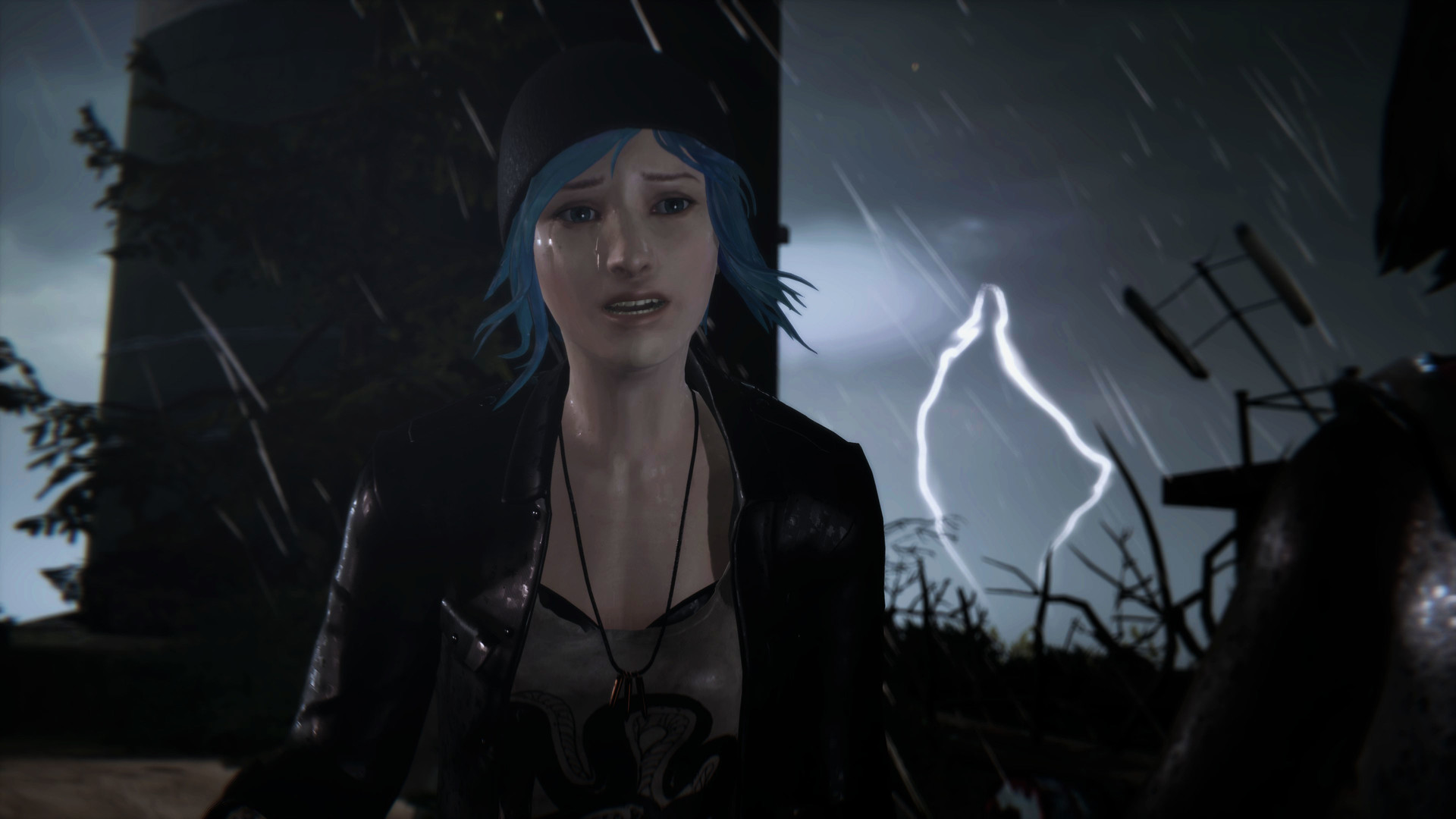
Somehow… Max Will Return
I could go on and on with other gripes with the game. From the abysmal implementation of the “romance” options, to the one dimensional and unengaging side cast of characters, Double Exposure has a lot of problems that mar the experience. I purposely haven’t covered anything to do with gameplay, as that’s separate from the issue of whether Double Exposure understands the heart of a Life is Strange game. Rest assured there are some glaring issues on that front too, but this isn’t a review, it’s an emotionally driven rant piece from the perspective of a disheartened supporter of the series.
I’d even argue that the soundtrack, one of the most defining features of any of the Life is Strange seasons, doesn’t particularly fit. There’s a collection of great tracks and music, sure, but there’s no cohesive atmosphere to the selection. I can identify almost any track from any of the previous seasons, as they were almost melded with the atmosphere and themes those stories conveyed. Night Bus and Into The Woods are hauntingly beautiful, the Chloe & Max theme is melancholic whimsy. Go back and listen to any of those seasons’ soundtracks and try to convince me that Double Exposure’s is on the same level.
This feature hasn’t been created with the intent of blasting the developers or inciting a mob against them. Quite the opposite. I adore this series, I have so much appreciation for the stories Deck Nine themselves have told in both Before The Storm and True Colours. I firmly believe that the mistakes of Double Exposure have been through a desire to seek a new innovation for the series. Unfortunately, the direction they’ve taken feels completely divorced from what made this beloved IP so special in the first place.
It’s never been about the powers, or the bombastic moments, or even the gameplay – despite being a video game. It has everything to do with the connection to people. The humanity that drives us forward in our temporary and fleeting lives. If Max is to return in another entry, I desperately hope that we can reconnect with the heart-driven humanity of flawed, complicated, cringey yet endearing personalities that give life to the strangeness of our everyday existence. Deck Nine have shown they have the chops to do it and be the custodians of DontNod’s magnum opus, but they can’t just rewind time to right the present, it has to come from today’s choices.
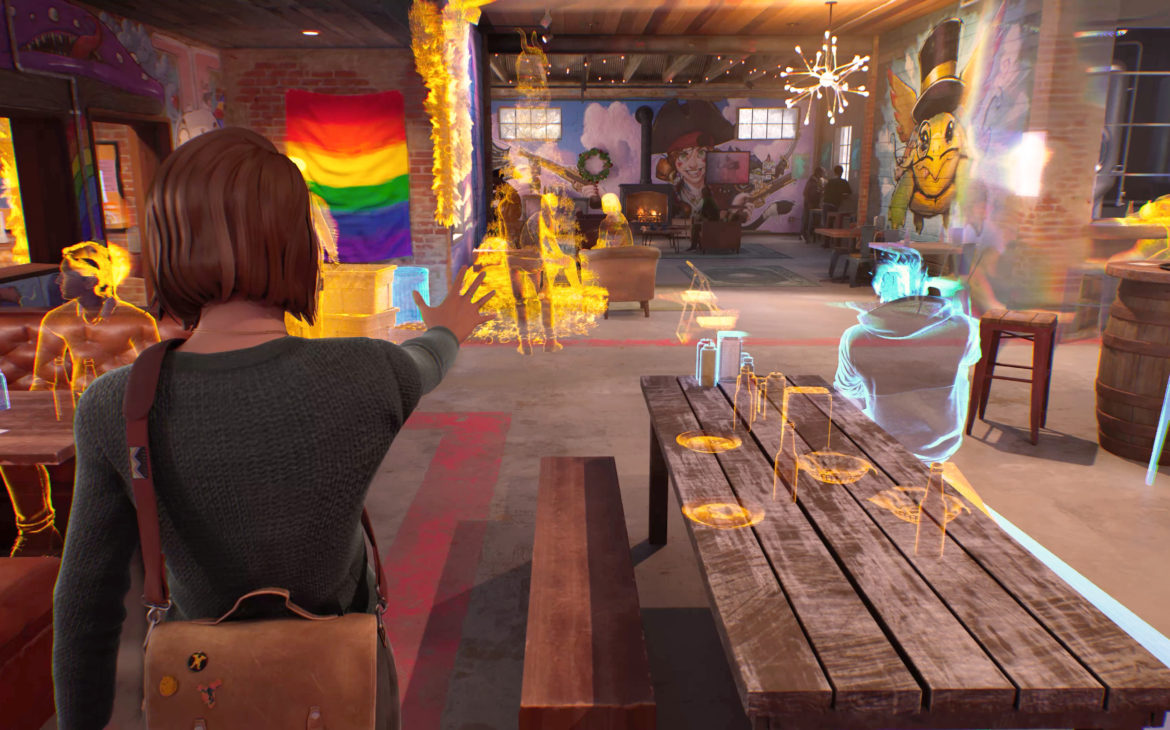
For more Features click here.
If you enjoyed this article or any more of our content, please consider our Patreon.
Make sure to follow Finger Guns on our social channels –Twitter, Facebook, Twitch, Spotify or Apple Podcasts – to keep up to date on our news, reviews and features.
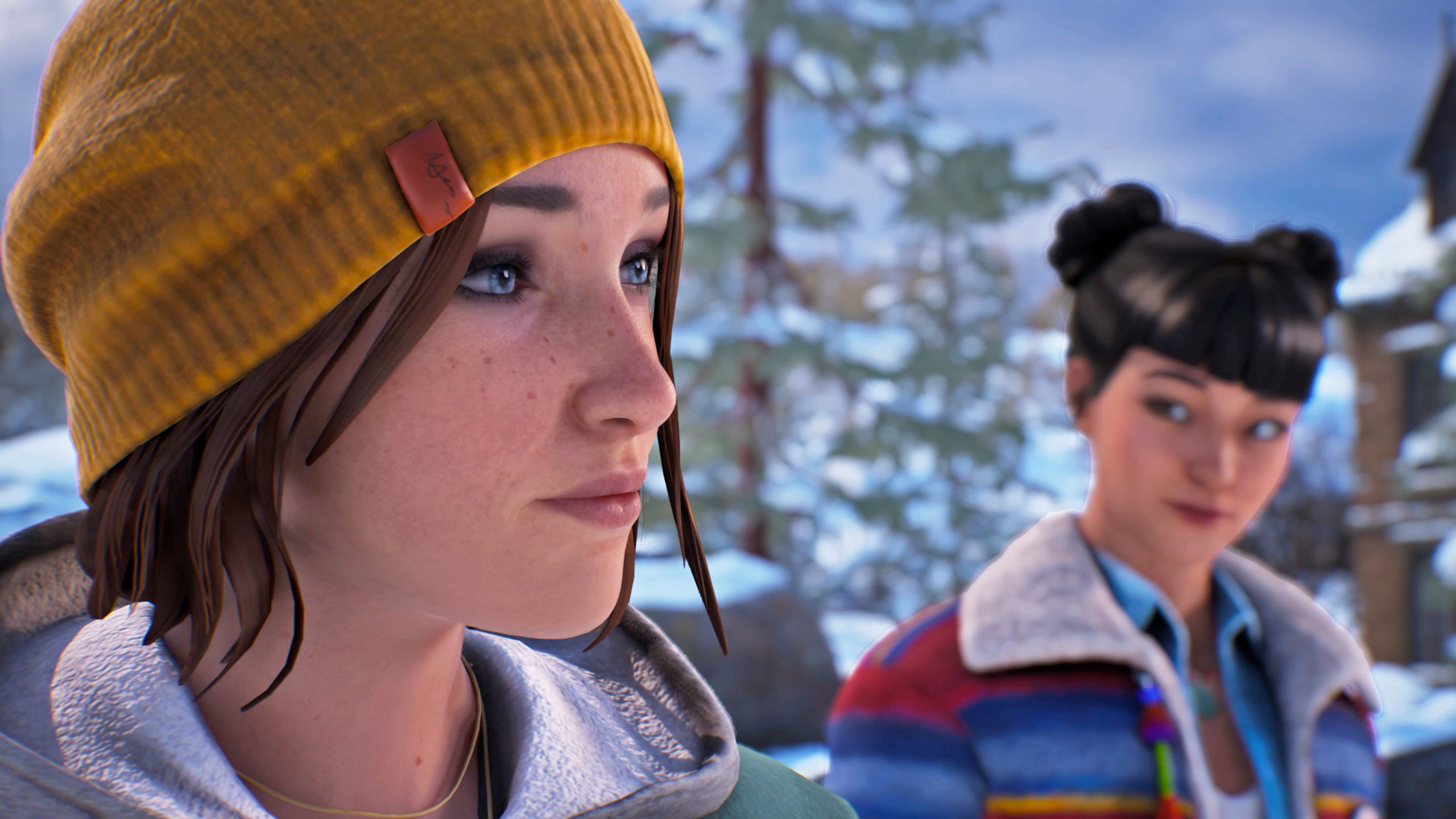
COMMENT
I’m a bit surprised you didn’t see the breakup as an issue. It lacked background detail, was very contradictory, and honestly, it just didn’t feel in character to me. Chloe, who is a hopeless romantic and fiercely loyal, sometimes to her own detriment, wouldn’t break up with Max by letter, especially given her deep-seated abandonment issues from losing her father, Rachel, and even Max before.
I agree with everything else you said, but the breakup needed way more work to feel believable. I also really didn’t like how they turned Chloe into a 31-year-old party girl who just drifts around with bands, drinks too much, and sleeps around. It felt cliché and completely mismatched with the Chloe we got to know in Before the Storm and Life is Strange.